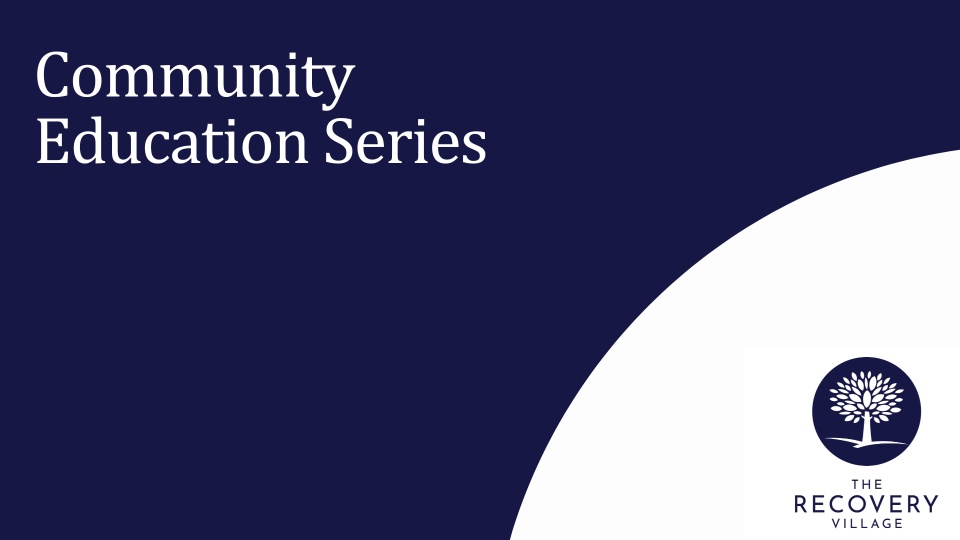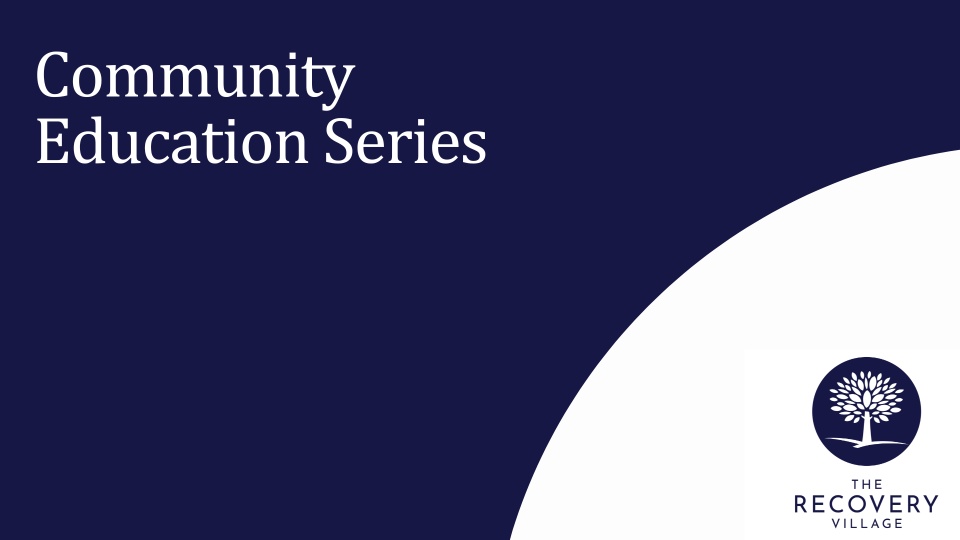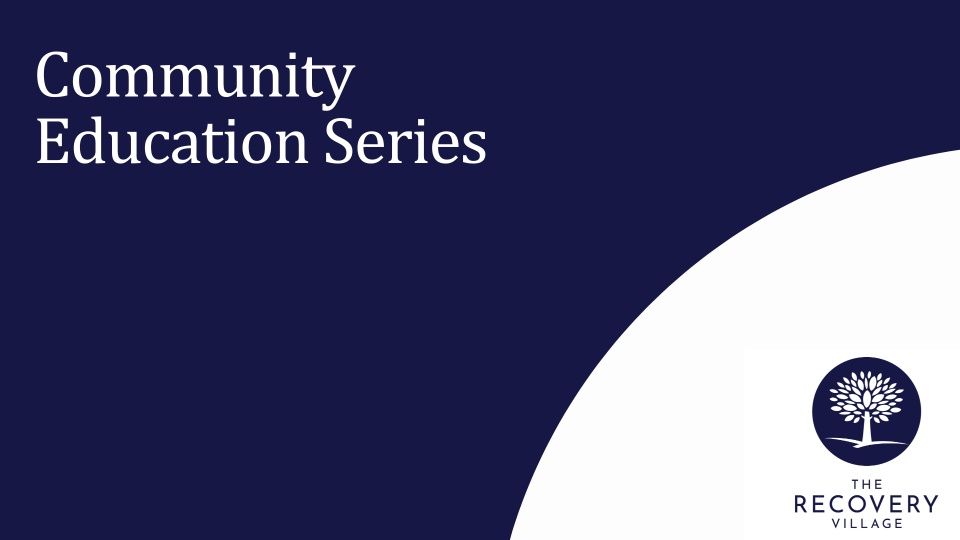Relationships aren’t always easy to maintain, which is why it’s important to learn strategies that help facilitate healthy communication in both good times and bad.
Estimated watch time: 55 mins
Available credits: none
Overview:
Relationships are what make us human, and how we “do” relationships strongly impacts our lives. Understanding what makes a healthy relationship and having skills to create one can vastly improve life satisfaction and success.
After watching this presentation, the viewer will:
- Understand the three main ingredients of a healthy relationship
- Know the 12 rules for fair fighting and how to implement them
- Be aware of some tips and techniques for saying no in a caring yet firm way that helps maintain good relationships









